Updates on Nutrition Labeling

Strolling grocery alleys can be fun so why not make it informative? Apart from the eye-catching design, placed in the packaging of products are labels and some of which are heavily capitalized on as they can serve as a make-or-break detail for some consumers. Now, what do these labels say and mean?
What is Nutrition Labeling?
Nutrition labels describe the nutrient content of foods and are intended to help the consumer in food selection.1 The nutrition fact label or nutrition information panel shows the number of nutrients in relation to the usual serving in terms of household measures, weight, or volume.
The nutrition label provides information that allows consumers to make better choices. It gives the opportunity to compare similar foods to find out which is healthier. Moreover, reading the nutrition label helps consumers with health conditions and with a specific diet, make wise decisions.2 It allows manufacturers the opportunity to show the healthy aspects of their products.
Food Label vs. Nutrition Label
Food label describes the overall information of the food product. Parts of a food label include the Principal and Alternate Principal Display Panels containing the name of food/product identity and net content declaration, and the Information Panel, containing the name and address of the manufacturer, ingredient list, nutrition label, and any required allergy label.
Nutrition label is a part of the food label, as "Nutrition Facts/Information". These contain information on the nutritional properties of a food.
What are the Policies and Guidelines on Food and Nutrition Labeling in the PH?
In the Philippines, food and nutrition labels are regulated by the Food and Drug Administration (FDA) as mandated by Administrative Order 2014-0030 entitled “Revised Rules and Regulations Governing the Labeling of Prepackaged Food Products Further Amending Certain Provisions of AO No.88-B s. 1984”.3
To learn more about these state-sponsored guidelines, check out this graphic for a brief summary of list of mandatory information in the AO 2014-0030:
Other guidelines for packaging and labeling of foods distributed in the Philippines are also prescribed in the DOH-BFAD Bureau Circular No. 2007-002 (Guidelines in the Use of Nutrition and Health Claims in Food) and RA 3720 (Food, Drug, and Cosmetic Act).
In addition to the existing national laws and policies on nutrition labeling, the Philippines also adopts the Codex Alimentarius (CAC/ GL 23-1997 Revised 2013 - Guidelines for Use of Nutrition and Health Claims), Codex Alimentarius is a collection of internationally recognized standards, codes of practice, guidelines and other recommendations relating to foods, food production and food safety.
Nutrition Facts Label
Nutrition facts are presented in tabular form and all nutrient quantities are declared in relation to the average or usual serving in terms of slices, pieces, and specified weight or volume.
The following are stated in the nutrition facts label, starting from the top:
- Serving size and the total number of servings per pack/package
- Calories per serving
- Macronutrients – Carbohydrates, Total Sugars, Dietary Fiber, Total Fat, Saturated Fat, Trans Fat, Protein (in grams) and Cholesterol (in mg)
- Micronutrients – Sodium, Vitamins and Minerals expressed in mg, mcg, or IU or the % Recommended Energy and Nutrient Intakes (RENI), or both
The %RENI (Recommended Energy Nutrient Intake) is based on the 2015 Philippine Dietary Reference Intake of the DOST-FNRI Reference Adult Requirement of 19-29 years old (2590 calories). A RENI of 30% for vitamins and minerals is high.4
On the other hand, the % Daily Value, developed by US FDA, specifies how much the nutrient per serving of food contributes to the total daily intake. The % Daily Value is based on a 2000-calorie diet for healthy adults.5
- 5% DV or less of a nutrient per serving is considered low
- 20% DV or more of a nutrient per serving is considered high
A very important aspect in reading nutrition labels is considering if the food item is of high nutritional value which is reflected in the micronutrient listing. More often, choose foods that are:
- Higher in %DV for Dietary Fiber, Vitamin D, Calcium, Iron, and Potassium
- Lower in %DV for Saturated Fat, Sodium, and Added Sugars
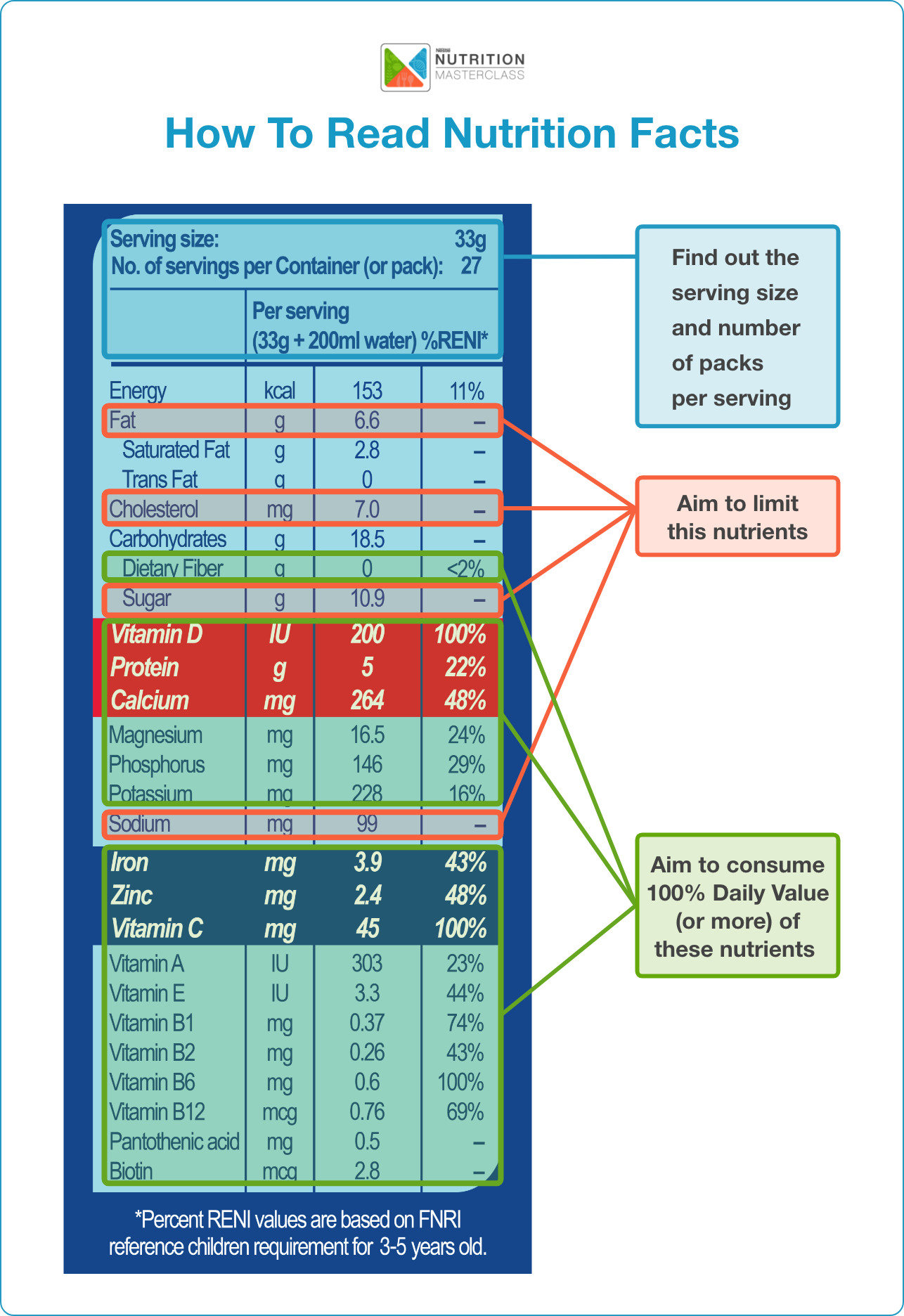
Figure 1. Different parts of a nutrition label
Health vs. Nutrition Claims
Health claims are “any representation that states, suggests, or implies that a relationship exists between a food or a constituent of that food and health”.6 Nutrition claims, on the other hand, are “any representation which states, suggests or implies that a food has particular nutritional properties including but not limited to the energy value and to the content of protein, fat and carbohydrates, as well as the content of vitamins and minerals”.6
Health claims can be nutrient function claims, other function claims, and reduction of disease risk claims. Nutrition claims, can be a nutrient content claim, nutrient comparative claims or non-addition claims6.
Summary of Conditions for Nutrition Claims (Source: Codex Alimentarius Commission. (1997). Guidelines for use of nutrition and health claims (CAC/GL 23-1997). Rome, Italy: World Health Organization and the Food and Agriculture Organization of the United Nations.)
| COMPONENT | CLAIM | CONDITIONS (not more than) |
|---|---|---|
| Energy | Low | 40 kcal (170 kJ) per 100g (solids) or 20 kcal (80 kJ) per 100 ml (liquids) |
| Free | 4 kcal per 100ml (liquids) | |
| Fat | Low | 3 g per 100 g (solids) or 1.5 g per 100 ml (liquids) |
| Free | 0.5 per 100 g (solids) or 100 ml (liquids) | |
| Saturated Fat | Low | 1.5 g per 100 g (solids) 0.75 g per 100 ml (liquids) and 10% of energy from saturated fat |
| Free | 0.02 g per 100 g (solids) 0.01 g per 100 ml (liquids) | |
| Cholesterol | Low | 0.005 g per 100 g (solids) or 0.005 g per 100 ml (liquids) |
| Free | And, for both claims, less than: 1.5g saturated fat per 100 g (solids) 0.75 g saturated fat per 100 ml (liquids) and 10% of energy from saturated fat | |
| Sugars | Free | 0.5 g per 100 g (solids) 0.5 g per 100 ml (liquids) |
| Sodium | Low | 0.12 g per 100 g |
| Very Low | 0.04 g per 100 g | |
| Free | 0.005 g per 100 g |
| COMPONENT | CLAIM | CONDITIONS (not more than) |
|---|---|---|
| Protein | Source | 10% of NRV per 100g (solids) 5% of NRV per 100ml (liquids) or 5% of NRV per 100 kcal (12% of NRV per 1 MJ) or 10% of NRV per serving |
| High | 2 times the values of "source" | |
| Vitamins and Minerals | Source | 15% of NRV per 100g (solids) 7.5% of NRV per 100ml (liquids) or 5% of NRV per 100 kcal (12% of NRV per 1 MJ) or 15% of NRV per serving |
| High | 2 times the values of "source" | |
| Dietary Fiber | Source | 3 g per 100 g** or 1.5 g per 100 kcal or 10% of daily reference value per serving*** |
| High | 6 g per 100 g** or 3 per 100 kcal or 20% of daily reference value per serving*** |
* In the case of the claims for saturated fat and cholesterol, trans fatty acids should be taken into account where applicable. ** Conditions for nutrient content claims for dietary fibre in liquid foods to be determined at national level. *** Serving size and daily reference value to be determined at national level.
Test Your Learning
Based on the sample nutrition label above (Figure 1), what are the applicable nutrition claims?
Possible Answers: "High in protein”, “High in vitamins B, C, D, and E, and minerals iron, zinc, and calcium", and "Source of Vitamin A, magnesium, potassium, and phosphorus"
- High in protein Product in Figure 1 contains 5 g protein, which is 22% RENI. Product is high in protein because it has a %RENI of protein >=20% per serve
- High in calcium Based on nutrition information in Figure 1, the product contains 264 mg calcium which is 48% RENI. The product is therefore high in calcium because the %RENI for calcium is >=30%.
- High in vitamins B, C, D, E, and iron Product in Figure 1 contains at least 43% of the recommended intake for B vitamins and iron, 100% of recommended intake for vitamins C and D, and 44% of recommended intake for vitamin E. These values are more than twice the 15% of NRV per serving.
- Source of vitamin A, magnesium, potassium, and phosphorus One serving of the product in Figure 1 supplies 23%, 24%, 16%, and 29% of recommended daily intake for vitamin A, magnesium, potassium, and phosphorus, respectively. These values are more than 15% NRV but less than 30% of NRV per serving.
Tips to Increase The Use of Nutrition Labels
With its availability set before the human eyes, utilization of these labels all lies in consumer education through the following:
- Nutrition counseling
Heavily led by RNDs that are made interactive.
- Flyers/pamphlets in cafeterias, and coffee shops
Eye-catching and easy-to-digest data are crucial to ensure effectiveness.
- Lectures, pocket group discussions in communities
Using local language and contextualized data that participants will relate to.
- Cooking demonstrations
Which have instructions that are easy to follow, ingredients that are available in the locality, and cost that is practical.
- Cooking contest
That is target-specific and budget-friendly for the common crowd.
Message to RNDs
The Nutritionist-Dietitian has a significant role in disseminating nutrition information, especially in interpreting the nutrition fact label. The opportunity to do so is always present whenever food, meal planning, health, macro, and micronutrients are brought up in formal or informal sessions or conversations.
Pro Tip
READ BEFORE YOU BUY, it helps one make better choices for a healthier meal.
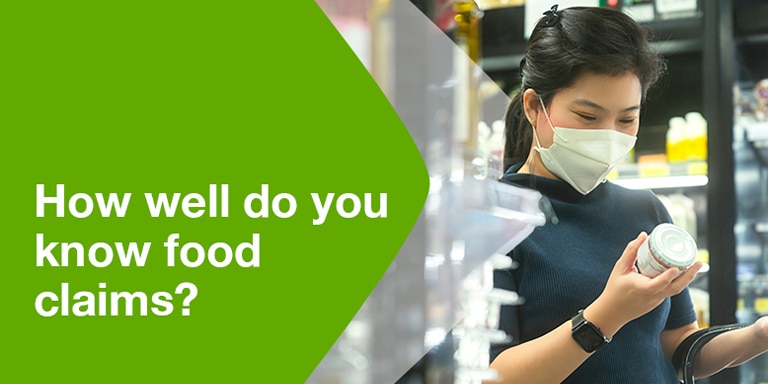
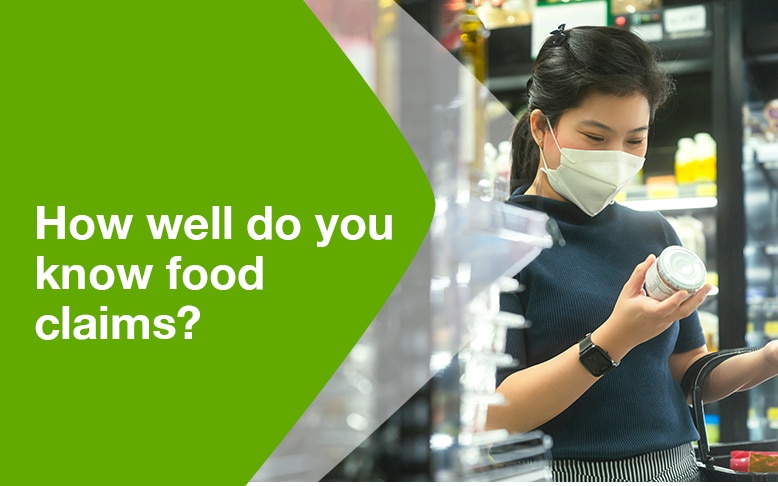
 Paz Lugay-Sales
Paz Lugay-Sales








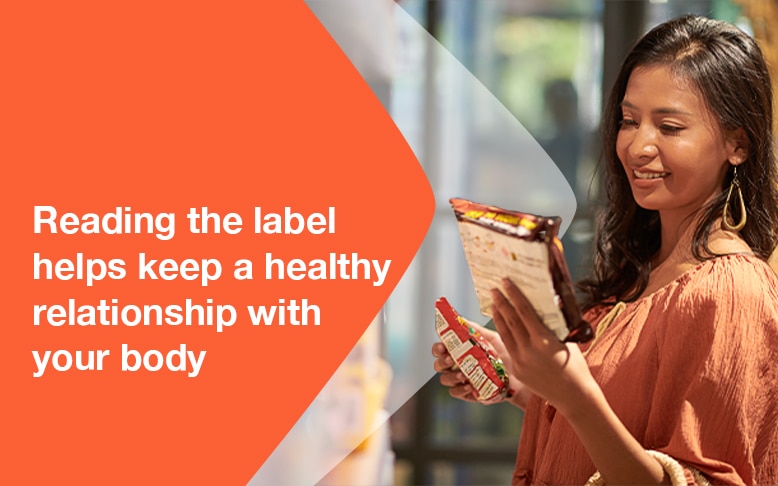


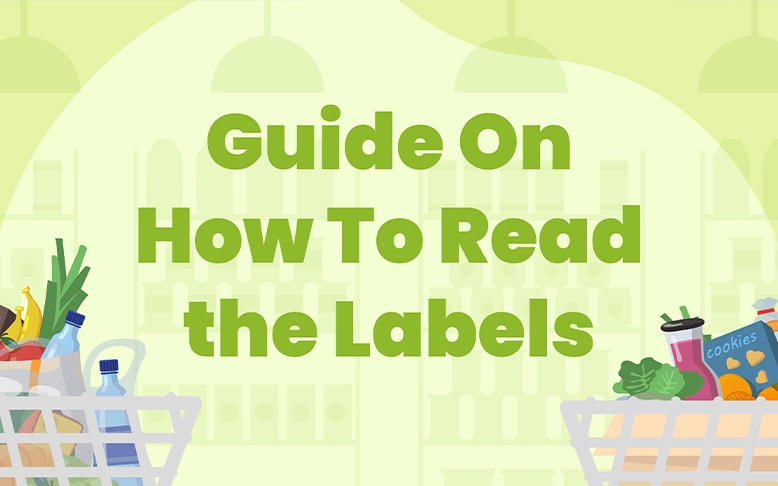




No comments here yet.